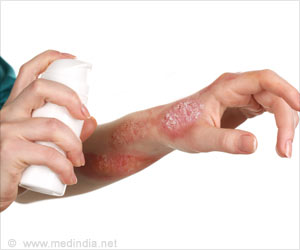Trastuzumab, when used in neoadjuvant chemotherapy along with other medications in HER-2 positive breast cancer, appears to be more effective and causes less adverse effects as compared to lapatinib.

Chemotherapy in breast cancer may be administered as adjuvant therapy or neoadjuvant therapy. As adjuvant therapy, it is given after the primary treatment like surgery to prevent recurrence of the cancer. In neoadjuvant chemotherapy, the medications are given before the surgery. This is done to shrink the tumor before it can be surgically removed.
A number of anti-cancer drugs are used in the treatment of breast cancer; trastuzumab and lapatinib are among the newer drugs. Trastuzumab targets cells that produce too much of HER-2 or are HER-2 positive. HER-2 or the Human Epidermal growth factor Receptor 2 is responsible for cellular growth and proliferation. Cancers that are HER-2 positive have a poor outcome and are likely to recur. Lapatinib is another drug used in the treatment of HER-2 positive breast cancer.
In a recent study, the benefits and adverse effects of trastuzumab and lapatinib were compared when used in HER-2 positive breast cancer along with other anticancer drugs as neoadjuvant treatment.
In the study conducted on 620 HER-2 positive breast cancer patients, the patients received 4 cycles of the chemotherapeutic drugs epirubicin plus cyclophosphamide and 4 cycles of docetaxel. In addition to the chemotherapy, 309 patients received trastuzumab and 311 patients received lapatinib.
The researchers found that 30.3% patients in the trastuzumab group and 22.7% patients in the lapatinib group responded to treatment. Trastuzumab treatment was more frequently associated with edema and breathlessness, whereas treatment with lapatinib was more frequently associated with diarrhea and skin rash. The number of patients discontinuing lapatinib treatment was more than double that of those discontinuing trastuzumab (33.1% versus 14%), with 70 serious adverse effects in the trastuzumab group and 87 in the lapatinib group.
Reference:
Source-Medindia














